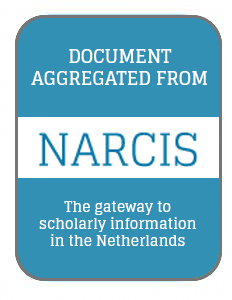Resource information
National and regional datasets on landscape features can be used to analyse the stock and change of farmland features. However, these landscape datasets are not categorised according to farmland features, farmed features or unfarmed features. The available national level datasets are used to obtain information on the extent and distribution of farmland features within the major Member States of the European Union. Data on farmland features is extracted from nationally-focused projects and datasets. These projects have been carried out for governments to analyse stock and change in the country for policy purposes, and have been carried out in Great Britain, Sweden and Spain. Extra datasets exist that also plot stock and change in a country, and have been carried out in the Netherlands and in Austria, but these studies do not have a national policy objective. The lack of universal definitions of landscape features means that comparisons between national datasets in not always reliable. There is particularly sparse data on the lengths of linear features and point features, as these surveys established set rules on what should be recorded, and what should not. This has caused differences in data available from different projects. In addition, the presence of solitary trees and small patches of natural grasslands are not collected in all of these surveys. Alterra developed a typology suitable for use with the available data. This typology proposes eight main classes of farmed and unfarmed features. Among these classes, two (class 5 and 6) fulfil the definition of a ‘farmland feature on EU farmland’, as defined for this study, as follows: - Linear or point features on, or adjacent to, farmland, that are managed directly e.g. hedges on farmland or terrace walls in managed vineyards. - Linear or point features on, or adjacent to, farmland, that are indirectly influenced by agriculture but are not managed actively e.g. field corners and small woodlands surrounded by agricultural land. During the analysis of the datasets we have harmonised and refined this typology as far as possible given the different structures, designs and underlying methodologies of the various datasets. However, examining the entire landscape matrix is essential to obtain a clear perception of the relative proportion of farmland features across the entire land surface. As national datasets do not discern between farmland and forest, it is important in this project to make such a distinction. This distinction sets the baseline between (currently) farmed land and land out of farming, such as land abandoned in the past and now under forest.


